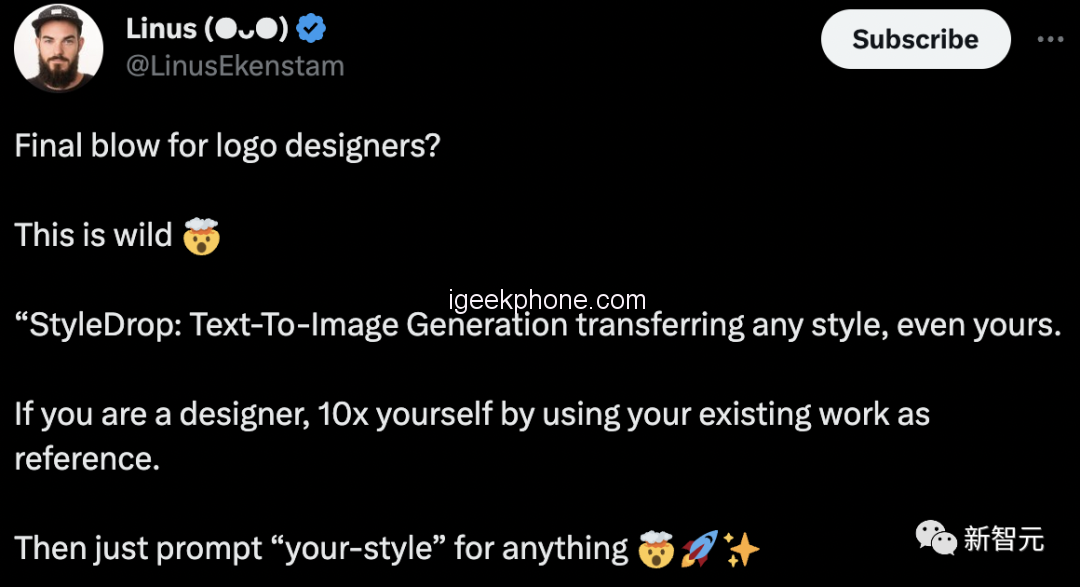The release of Google StyleDrop caused an immediate sensation on the internet. With the ability to replicate famous artistic styles, such as Van Gogh’s starry sky, StyleDrop quickly became a favorite tool among artists and designers. It utilizes AI to understand and recreate complex art styles, making it a versatile tool for creating various forms of art. Google StyleDrop has received accolades from both netizens and industry professionals, including praise from Nvidia scientists. Its customization options extend beyond styles to even allow users to design logos. In this article, we will explore the capabilities of StyleDrop and delve into its underlying technology.
Expanding on StyleDrop’s Features: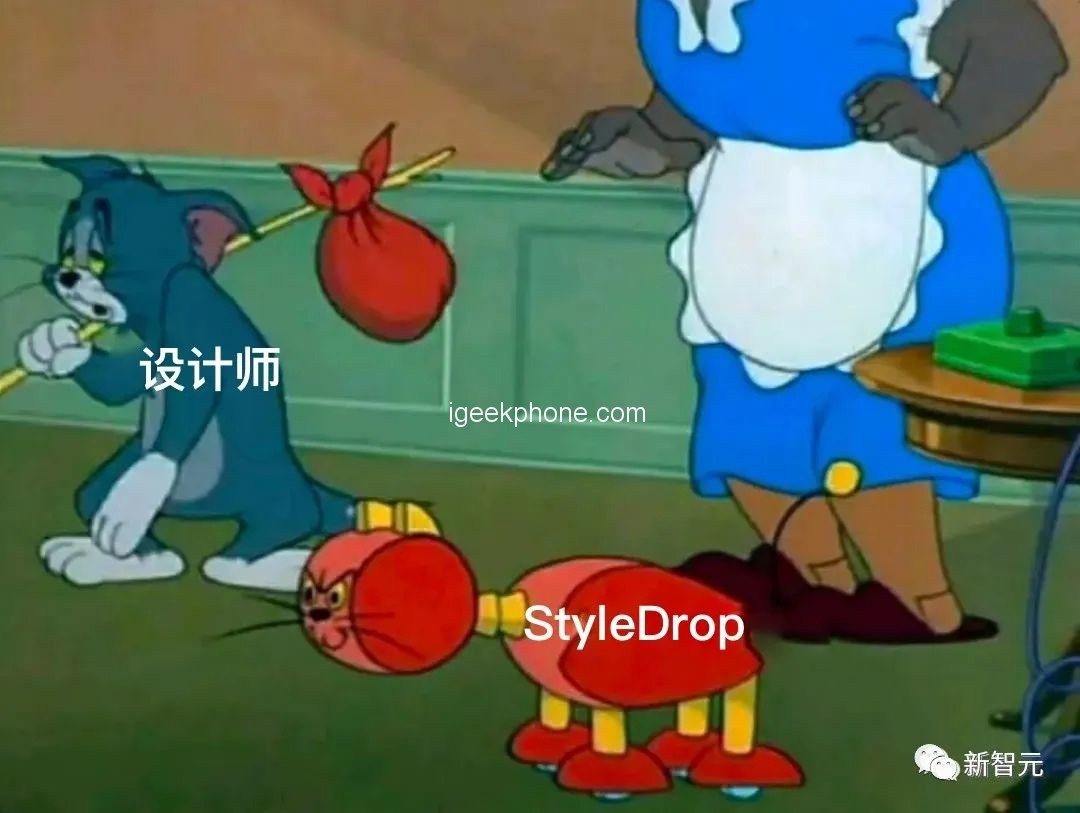
StyleDrop’s versatility shines through its ability to generate a wide range of art styles. For instance, it can transform a simple image of a sloth into 18 different styles, showcasing the diversity and adaptability of the tool. Similarly, a picture of a panda can be transformed into 24 distinct styles, demonstrating the wide array of possibilities that StyleDrop offers. It can even recreate watercolor paintings drawn by children with remarkable precision, faithfully restoring the wrinkles of the paper.
Not only does Google StyleDrop excel in replicating visual styles, but it also extends its capabilities to include the design of English letters. Whether it is emulating Van Gogh’s lettering style or creating intricate line drawings, StyleDrop proves to be a powerful tool for artists and designers seeking to experiment with various artistic elements.
The Integration of DreamBooth: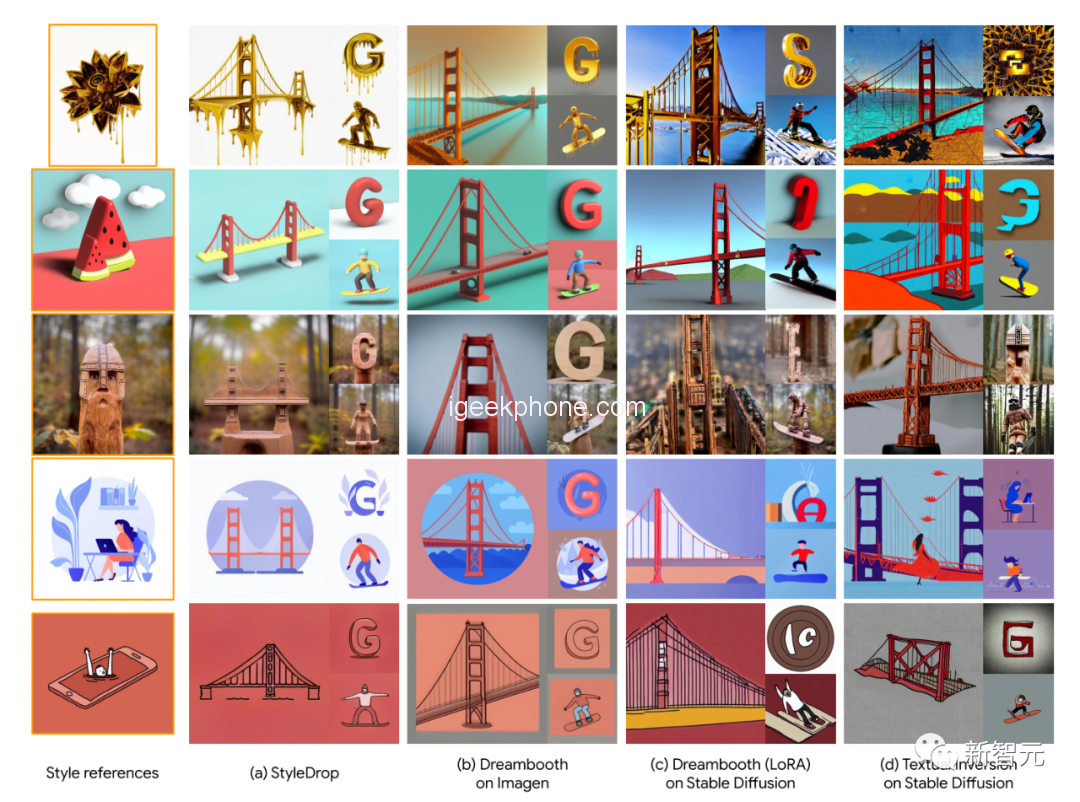
StyleDrop’s potential expands further when combined with DreamBooth, a complementary tool developed by researchers. This integration allows users to not only customize styles but also personalize the content. By leveraging DreamBooth’s features, users can generate unique artworks that blend the desired style with the specific subject matter. For example, users can create a painting of a Corgi in the style of Van Gogh, resulting in a delightful fusion of artistic expression and canine charm. Furthermore, DreamBooth enables users to imbue the Corgi with the essence of the “Sphinx” found on Egyptian pyramids, adding a touch of mystique to the artwork.
Understanding StyleDrop’s Technology: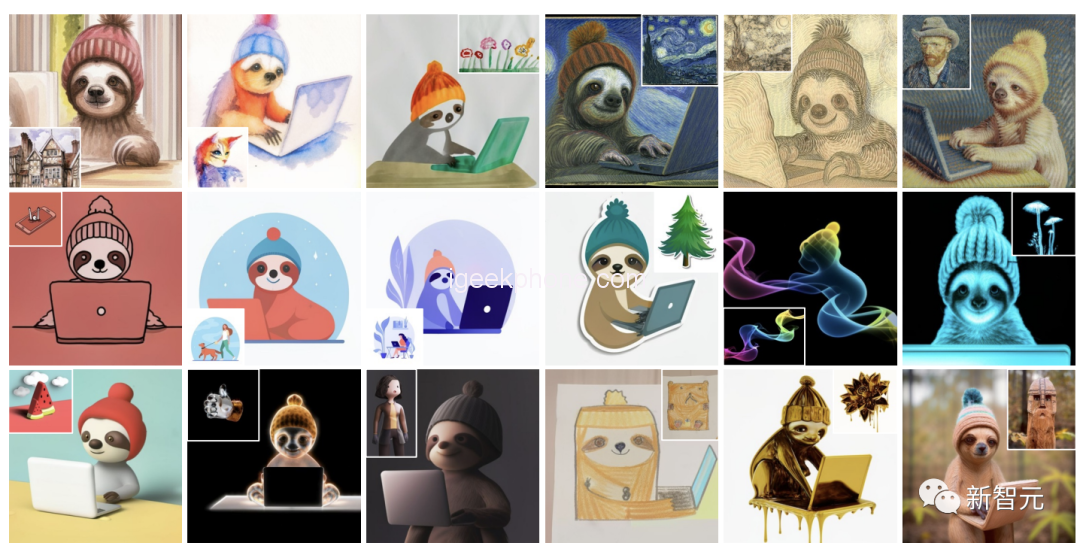
StyleDrop builds upon the foundation of Muse, a state-of-the-art text-to-image synthesis model based on a mask-generated image Transformer. It consists of two key components: efficient fine-tuning of generative visual Transformer parameters and iterative training with feedback. Through the combination of these elements, researchers synthesized images from fine-tuned models, resulting in the impressive capabilities of StyleDrop.
To achieve fine-tuning, researchers utilized adapter parameters, enabling parameter-efficient fine-tuning (PEFT) and adapters. The Muse transformer layer was modified to support these features, enhancing the overall performance and efficiency of StyleDrop.
The researchers also incorporated CLIP score and human feedback (HF) as evaluation metrics. CLIP score measures the alignment of images and text, helping to evaluate the quality of generated images. Human feedback, on the other hand, injects user intent directly into the assessment of synthetic image quality. By utilizing these evaluation methods, researchers strived to strike a balance between text fidelity and style fidelity.
Experimentation and Evaluation: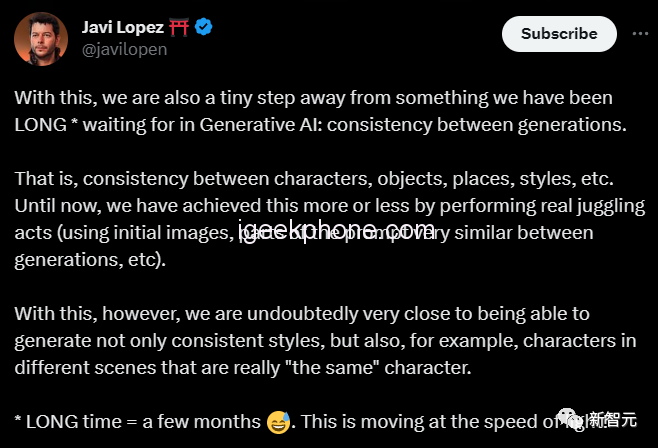
Researchers implemented an extensive experimental protocol to assess the performance of StyleDrop. They collected images in various styles, ranging from watercolor and oil paintings to flat illustrations, 3D renderings, and sculptures. The Muse-based StyleDrop was tuned using adapters, and evaluation was conducted based on CLIP scores and a user preference study.
The qualitative comparisons between DreamBooth, Google StyleDrop, and the combination of DreamBooth and StyleDrop demonstrated StyleDrop’s superior style alignment and text fidelity. While the evaluation metrics were not perfect, iterative training showed improvements in test scores. However, there was a trade-off as style scores on first-pass models suffered due to potential bias introduced during the training process.
Conclusion:
In conclusion, Google StyleDrop has emerged as a powerful AI tool that empowers artists and designers to create artwork in various styles with greater control and efficiency. Its ability to replicate famous art styles and its integration with DreamBooth for personalized content offers a unique and expansive set of possibilities. The underlying technology, built upon Muse and fine-tuning with adapters, ensures impressive performance and adaptability. While further research and improvements are necessary, StyleDrop has already made a significant impact in the creative community, surpassing other logo-making tools in terms of versatility and quality. As AI continues to advance at an astonishing pace, tools like StyleDrop are eliminating barriers and revolutionizing the creative process.
Read Also: Google Tensor G3 3rd Gen: Everything You Need to Know
Do not forget to follow us on our Facebook group and page to keep you always aware of the latest advances, News, Updates, review, and giveaway on smartphones, tablets, gadgets, and more from the technology world of the future.










